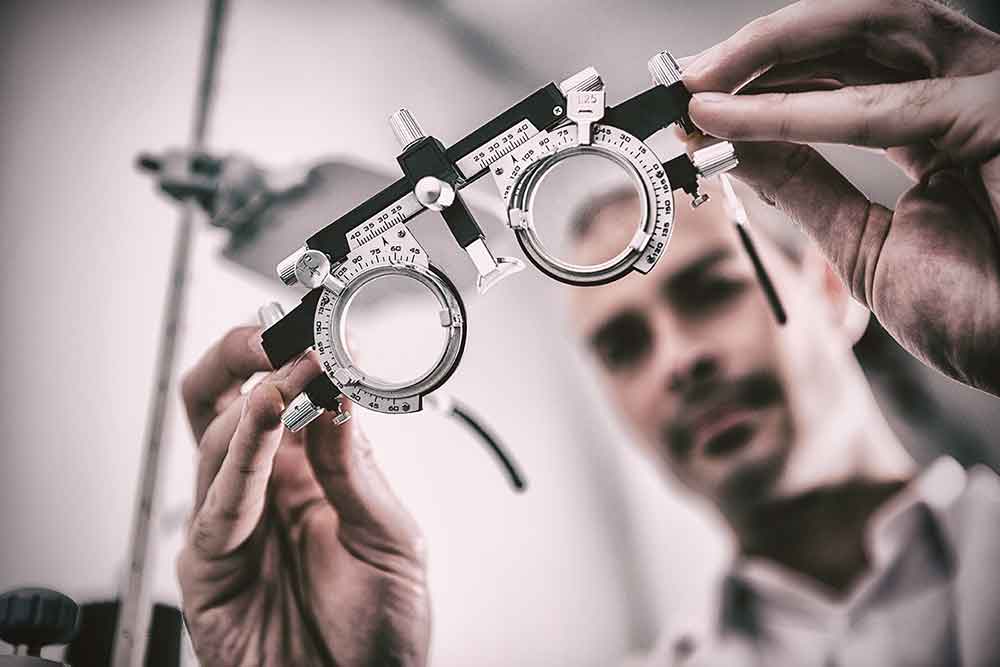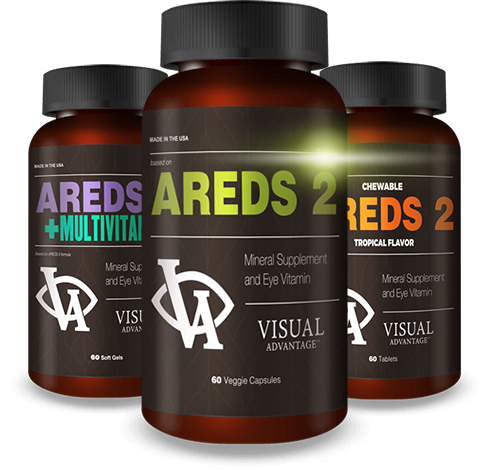
A prevalent kind of macular degeneration is age-related macular degeneration, which is usually referred to simply as macular degeneration. Deterioration of the macula, which is a small area in the center of the retina in the rear of the eye, is the root cause of this condition.
Macular degeneration causes central vision loss. What you see directly in front of you when you gaze straight ahead constitutes what is known as your core vision.
When you gaze in front of you, you have something called “peripheral vision,” which is what you see off to the sides. Macular degeneration does not result in complete blindness since it just affects the retina and does not involve the peripheral vision.
Macular Degeneration can occur in either a dry or moist form.
About eighty-five to ninety percent of patients who have macular degeneration also have dry macular degeneration. It is caused by the development of drusen, which are tiny yellow deposits that can be found under the macula.
The remaining 10 to 15 percent of people have what’s known as wet macular degeneration. It happens when aberrant blood vessels grow under the retina and macula, which can be very painful.
Macular degeneration is a condition that worsens with time. This indicates that things will get even worse as time goes on.
In the early stages of the condition, it’s possible that you won’t notice any changes to your vision. When a change in vision affects both eyes at the same time, you are also less likely to detect the change in your vision.
Dry macular degeneration is characterized by the following signs and symptoms:

Visual abnormalities and a diminished ability to see clearly in the center of your field of vision are two examples of the symptoms that are shared by both wet and dry macular degeneration.
You may also encounter the following additional symptoms of wet macular degeneration:
Why some people get macular degeneration and others don't is a mystery that science hasn't been able to solve. However, the presence of certain risk factors can make you more likely to get the disease.
These potential dangers include the following:

If you notice any changes in your overall health or in particular in your vision, you should never hesitate to consult your primary care physician. However, there is some evidence that specific vitamins can help slow the progression of late macular degeneration, which affects only one eye, as well as intermediate macular degeneration.
The National Eye Institute (NEI) provided funding for two extensive studies that investigated the role that nutritional supplementation plays in the progression of the disease. Both of these studies are collectively referred to as the Age-Related Eye Disease Study (AREDS) and AREDS2.
In the first study, researchers found that taking a daily supplement cut by 25 to 30 percent the risk of intermediate disease progressing to late disease over a period of five years. Additionally, it lowered the risk of vision impairment by 19 percent.